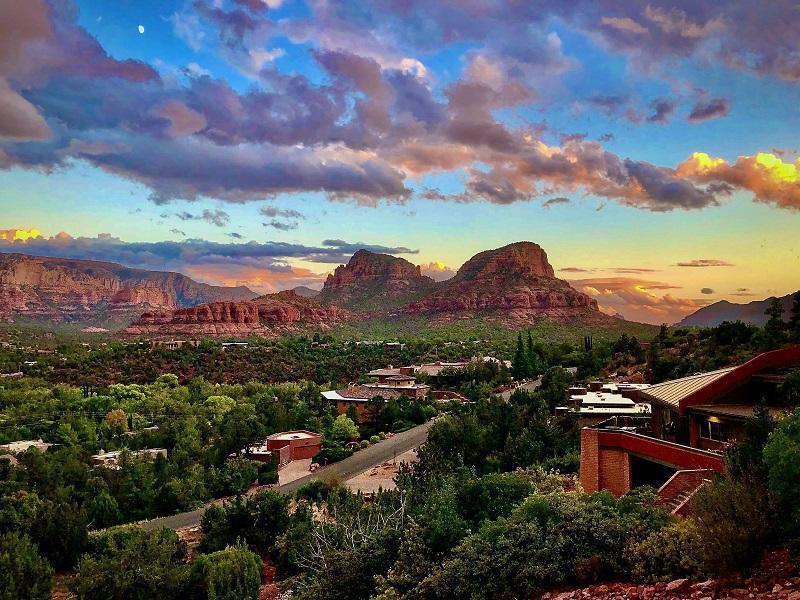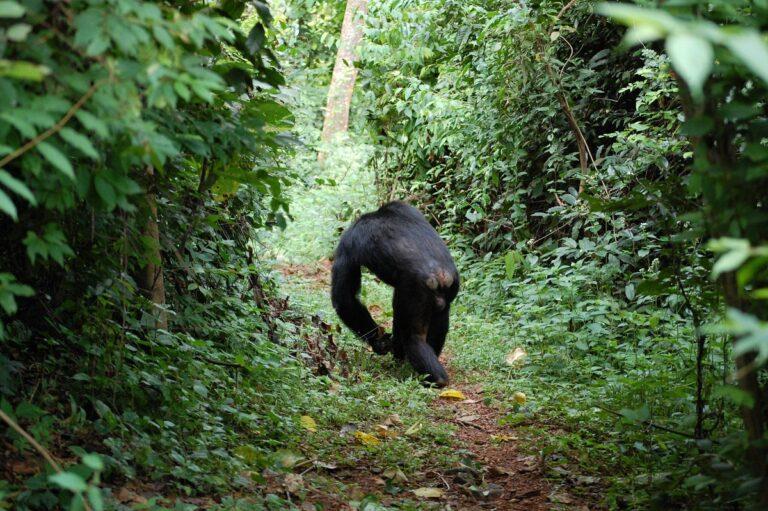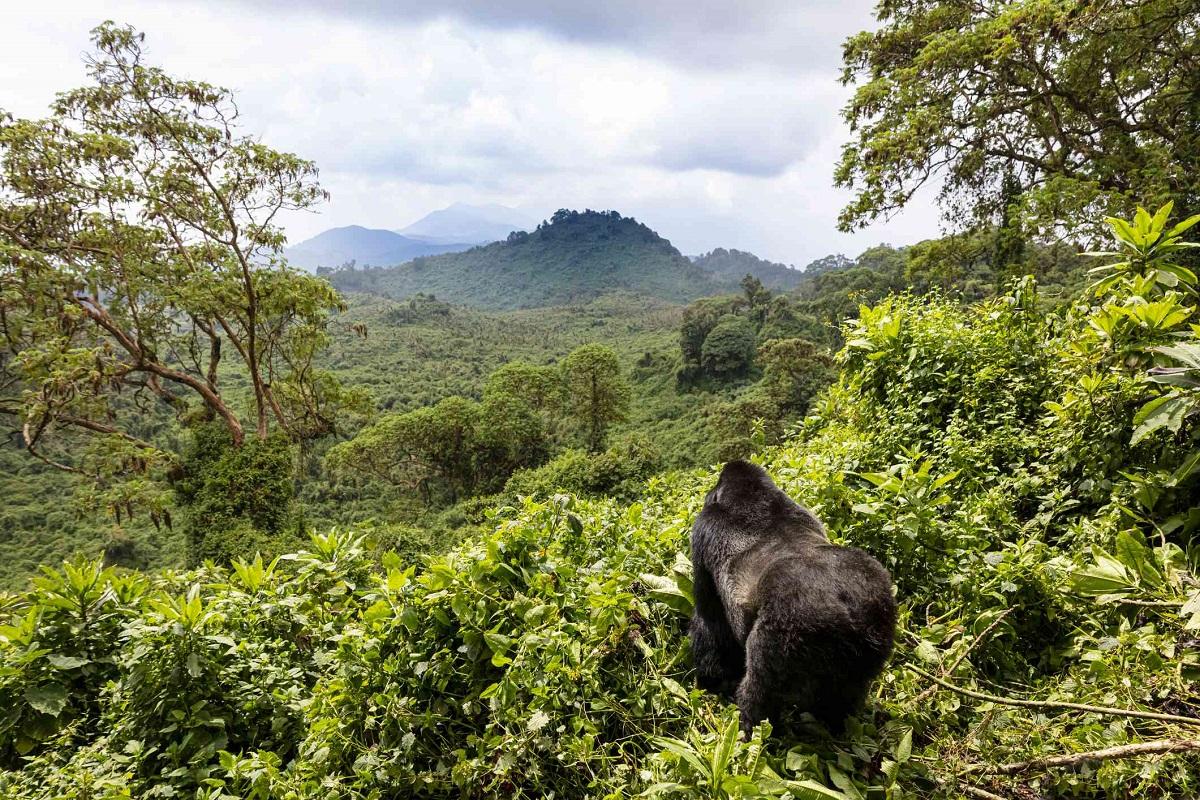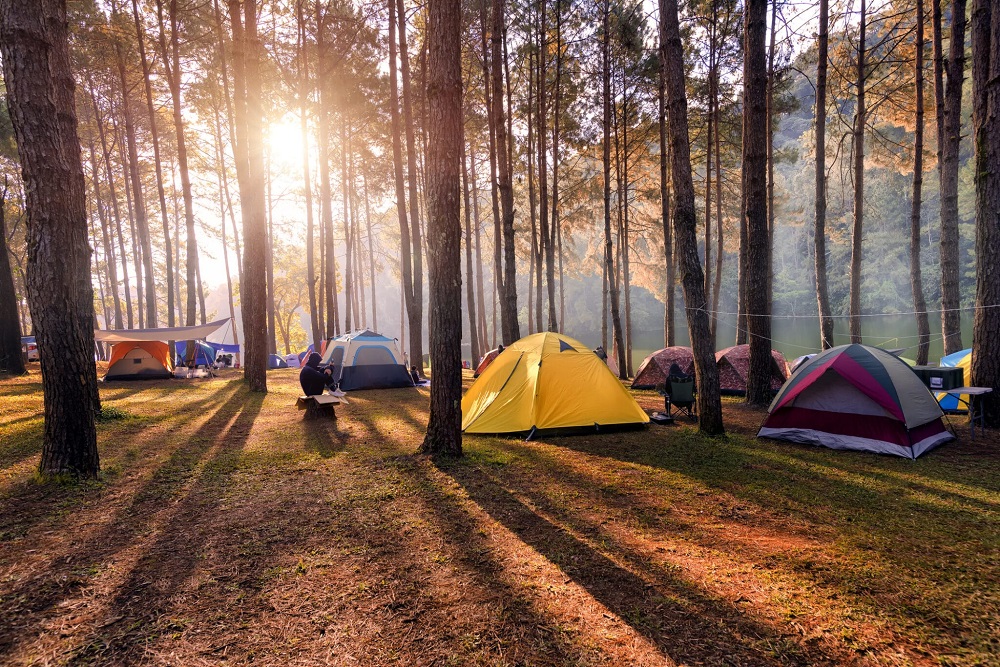Guide to Pallas-Yllästunturi: Finland’s Splendid National Park
Located in the heart of Finnish Lapland, Pallas-Yllästunturi National Park is one of Finland’s most iconic natural treasures. Established in 2005 through the merger with Ylläs-Aakenus Conservation Area, it is the third-largest national park in Finland. The park is known for its gently sloping fells, serene forests, crystal-clear lakes, and vast stretches of unspoiled wilderness.
The park’s landscape is defined by the majestic Pallas and Ylläs fells, part of the ancient Scandinavian Mountains that have been shaped by glacial erosion over millennia. These rounded, treeless peaks offer panoramic views of the Arctic scenery, and the area is a favorite among hikers, photographers, and nature lovers. Here’s our comprehensive guide to Pallas-Yllästunturi National Park;
Please Download Our Mobile App here.
Overview of Pallas-Yllästunturi National Park
Pallas-Yllästunturi National Park lies in the remote northwest corner of Finland near the Swedish border. It spans 1,020 square kilometers, making it the third-largest national park in the country. The landscape is dominated by moor-covered, rounded fells that were once part of the ancient Svekokarelid mountain range.
These hard quartzite remnants rise gently from the terrain, with Taivaskero standing as the highest point at 809 meters. The terrain is a mosaic of heath forests, old-growth woodland, and sprawling mires, interspersed with lakes, streams, and ponds—the largest being the scenic Pallasjärvi Lake.
The boreal forests, known locally as the Taiga, feature scattered stands of pine, spruce, and larch, providing shelter for diverse Arctic wildlife. The park offers a striking contrast between forested patches and barren open landscapes. The park attracts over half a million visitors annually who come for the vast views and to breathe some of the cleanest air on Earth.
Recognized as one of Finland’s national landscapes, Pallas-Yllästunturi is ideal for both adventure and tranquility. It offers well-maintained trails that lead to panoramic fell tops and inviting campfire sites. It is a sanctuary where nature’s primeval rhythms are still intact, and visitors can immerse themselves in the beauty and serenity of Lapland’s wilderness.
Wildlife in Pallas-Yllästunturi National Park

Pallas-Yllästunturi National Park is a haven for wildlife, thanks to its diverse mosaic of habitats shaped by its rounded fells and expansive wilderness. Nestled among these ancient mountains are rich heath forests, vast mires, and old-growth woodlands interlaced with streams, ponds, and lakes, including the expansive Pallasjärvi Lake, the largest in the area.
These varied environments provide refuge to a wide range of animals. Large mammals such as elk, reindeer, bears, lynx, and foxes are among the more commonly observed inhabitants. The park also teems with smaller creatures like hares, weasels, lemmings, squirrels, and moles, each adapted to the demanding Arctic conditions.
Birdlife is particularly abundant and diverse, drawing birdwatchers from far and wide. Owls and hawks patrol the skies, while the rock ptarmigan blends into the alpine terrain, and the vibrant pine grosbeak adds a splash of color to the forest canopy. This combination of pristine landscapes and thriving ecosystems makes the park a dynamic stronghold for Finnish wildlife.
Best Time to Visit Pallas-Yllästunturi National Park
The best time to visit Pallas-Yllästunturi National Park depends largely on the kind of experience you’re looking for. Summer (June to August) is ideal for those drawn to outdoor adventure under the Arctic sun. With hundreds of kilometers of hiking and biking trails open, mild temperatures, and the magical glow of the midnight sun, it’s a season for long days filled with exploration.
Canoeing on the park’s tranquil waterways is another highlight. However, you should come prepared for mosquitoes, particularly from late June through September. Autumn, particularly in September, appeals to hikers who prefer cooler air and breathtaking scenery. During this window, the park bursts into vibrant reds, golds, and oranges as the foliage changes.
For snow-covered serenity and winter sports, the best months are from December through April. However, March and April offer the most reliable snow conditions and maintained ski routes, including the renowned Hetta-Pallas Trail. These later winter months also provide excellent chances of witnessing the Northern Lights.
Visitors in winter should consider booking wilderness huts in advance, as they are popular during the season. Regardless of the season, it’s wise to pack layers and be mindful of natural rhythms like the reindeer mating season in autumn. During this season, male reindeers are typically more aggressive.
Getting to Pallas-Yllästunturi National Park

Getting to Pallas-Yllästunturi National Park from Helsinki is relatively straightforward, with several transportation options to suit different travel styles. One of the most popular and eco-friendly ways to reach the park is by taking an overnight train from Helsinki Central Station to Kolari. Once in Kolari, you can take a connecting bus to destinations such as Äkäslompolo, Ylläs, Pallas, or Hetta.
This route not only offers comfort but also allows travelers to enjoy scenic views of the Finnish countryside. Alternatively, there are long-distance buses that travel directly from Helsinki to the Ylläs area, including Ylläsjärvi and Äkäslompolo. The journey typically takes around nine hours. For those who prefer air travel, flying from Helsinki to Kittilä Airport is a convenient option.
From there, a short bus ride or pre-arranged taxi can take you to locations within the southern parts of the park. If you’re heading to Hetta in the northern reaches of the park, Enontekiö Airport offers closer access, with local bus or taxi services available for the final leg of the journey.
Other Activities in Pallas-Yllästunturi National Park
Beyond its iconic fells and breathtaking scenery, Pallas-Yllästunturi National Park offers a wealth of activities for outdoor enthusiasts across all seasons. The park is a hiker’s paradise, featuring over 340 kilometers of summer trails that wind through folded mountain landscapes and dense boreal forests typical of the Taiga biome.
These routes are largely loop trails, ensuring that every step of the journey offers something new. As winter arrives, the park transforms into a snowy haven, unveiling more than 500 kilometers of groomed ski trails and over 100 kilometers of dedicated winter hiking routes.
Snowshoeing and snow trekking become especially popular, with the serene, frost-covered landscapes providing a magical setting. December and January bring the polar nights, offering the rare chance to witness the Northern Lights dance across the sky.
Park Fees in Pallas-Yllästunturi National Park

Pallas-Yllästunturi National Park charges no admission fee. However, you may incur some fees for certain activities such as permits for fishing and hosting events as well as hut rentals.
FAQs
Is Pallas-Yllästunturi National Park worth visiting?
Pallas-Yllästunturi National Park is absolutely worth visiting for anyone looking to experience the natural beauty of Finnish Lapland. As the most visited national park in Finland, it captivates travelers with its varied terrain, ranging from rolling fells and dense pine forests to serene wetlands.
How long to spend in Pallas-Yllästunturi National Park?
If you’re short on time, a half-day visit can still be rewarding, offering enough time to enjoy a few scenic trails or try a winter activity like sledding. For those wanting a more complete experience, a stay of two to three days is ideal. This is plenty of time to explore multiple trails and possibly even catch a glimpse of the Northern Lights or wildlife unique to this part of Finland.
Conclusion
Pallas-Yllästunturi National Park is a symbol of Finland’s deep connection with nature. Whether you seek solitude or wish to experience traditional Arctic life, the park offers a journey into one of the most enchanting landscapes in northern Europe.






